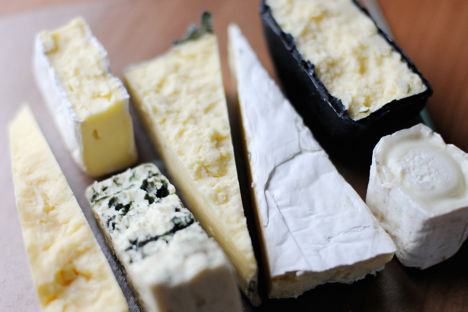
Fort on food: cheese
Matthew Fort gives us the low-down on the British cheese scene and its renaissance in recent years.
Fort on food: cheese
Matthew Fort gives us the low-down on the British cheese scene and its renaissance in recent years.
General de Gaulle once said of France, how can you hope to govern a country which has ‘246 kinds of cheese?’ Only 246! Hah! If there is one sure sign of the upturn in this country’s gastro-fortunes, it is the extraordinary renaissance of British cheeses. Cheeses old (Cheddar, Lancashire, Wensleydale, Caerphilly), cheeses new (Waterloo, Berkswell, St Gall, Tunworth, Lincolnshire Poacher), cheeses gay (Ticklemore, Sparkenhoe, Stinking Bishop), cheeses blue (Stitchelton, Harbourne, Lanark,) have found champions who are happy to sacrifice worldly riches for cheeses made to the highest standards, usually with raw (i.e. unpasteurised) milk.
The American, and a good few food scientists, would have us only eat cheeses made with pasteurized milk on the grounds of hygiene and health. Such nonsense. The most severe cases of food poisoning tracked to cheeses have all involved pasteurized milk. And, while raw (you must use the word ‘raw’ when describing milk to have a hope of appearing to be a real cheese expert) is not necessarily a guarantee of quality, any more than the label ‘organic’ is, and may pose problems in terms of consistency, no cheese made with pasteurised will reach the heights of purity, delicacy, penetration or quality that raw milk cheeses will. These do vary throughout the year, depending on the grass or forage the cows feed on, the weather, barometric pressure and a host of other influences, but rather that than tedious mediocrity.


